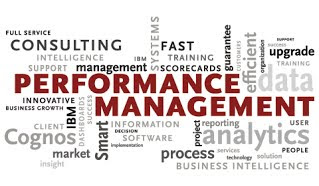Work Life Balance & Employee performance

Introduction Each person is an integral part of the family in particular and of society as a whole. Work-life balance is a very important phenomenon that causes serious concern among various workers in both the private and public sectors. This goes beyond the priorities of the job role and personal life. It also affects a person's social, psychological, economic and mental well-being. (Dr. Orugbu Lilian Obiageli, Dr. Onyeizugbe Chinedu Uzochukwa & Chukwuemeke Deborah Ngozi, 2015). Source: Youtube Organizations can encourage the work-life balance of employees by offering some of the following: Flexible resumption and closing work hours Remote work options are especially available for children, elderly relatives and employees under their care Social activities in and out of the office to help people connect Encouraging employees to take annual leave Wellness programs that help keep employees in shape, reduce health care costs and reduce absenteeism. Poor work-life balance...





